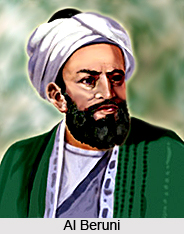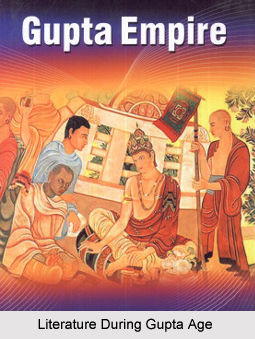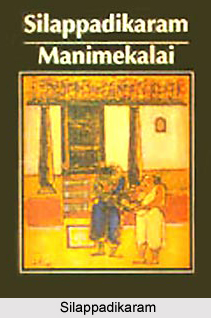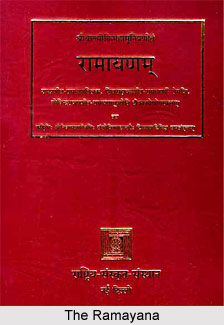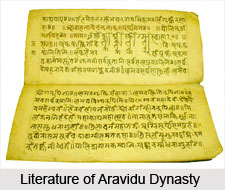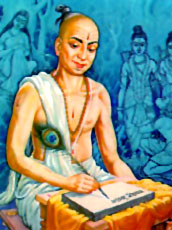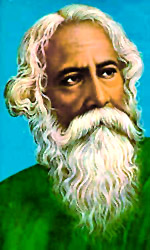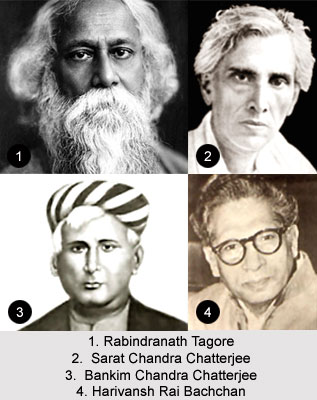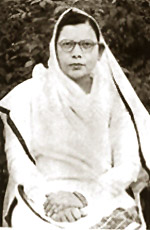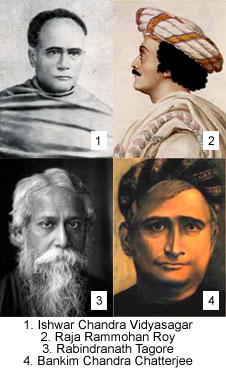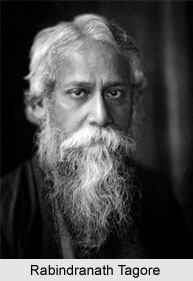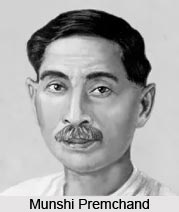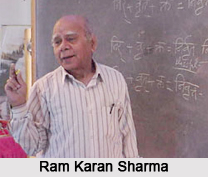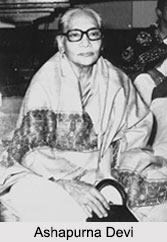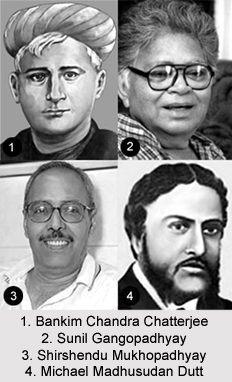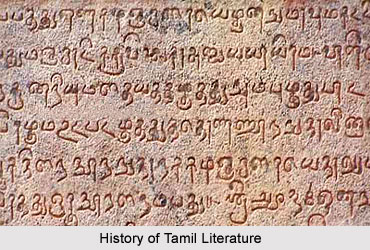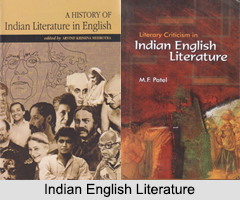Perumpan Arruppatai, also known as Perumpanarruppathai, is a poetic work in Tamil language which belongs to the Patinenmelkanakku anthology of Tamil Literature. Patinenmelkanakku (Pathinenmelkanaku) is a compilation of 18 major poetic works in Tamil that includes literary works like Ettuttokai, the Eight Anthologies and Pattupattu, the Ten Idylls, which were composed in the Sangam age during the period between 100 BCE and 200 CE. Perumpan Arruppatai was composed in the Sangam age equivalent to between 100 BCE - 100 CE. The Tamil literary work has five hundred lines of verses which are composed in the Achiriyappa meter. The poems in Perumpan Arruppatai or Perumpanarruppathai were composed by the renowned poet Kadiyalur Uruttirangannanar in honour and eulogy of the king Tondaiman Ilandiraiyan. The poems primarily deal with the tale of a young Chola prince, the sibling of an ancient Chola ruler, who encountered with a princess from the Naga sect and fell in love with her.
The poetic work is incorporated in the Pattupattu anthology series and follows the Arruppadtai or Arruppatai style. This style in Tamil literary tradition is mostly utilised as a device by the various books in the Pattupattu poetic collection. The literary work of Tamil literature is much revered for its manner of composition and its lucidity, effortless and uncomplicated readability and presentation.
Content of Perumpan Arruppatai
Perumpan Arruppatai, also known as Perumpanarruppathai narrates the story of a young prince, who is the brother of a Chola ruler in the ancient Chola kingdom. During the course of the poem, the Chola prince eventually meets with a Naga princess. They fall in a love and after a brief period of courtship, the princess of the Nagas gives birth to a son. The couple affectionately names the child Ilam Tiraiyan, which literally means the Young Tiraiyan by the family. The word Tiraiyar was the name of the naga tribe, to which the mother of Ilam Tiraiyan belonged to.
After a period of time, Ilam Tiraiyan went on to rise to the designation of the Lord of Thondaimandalam and acquired the title of Tondaiman. The poems composed in the Arruppatai form, like the verses in Perumpan Arruppatai are read like travelogues. The poets and authors, who returned with gifts from a king or a noble man received as rewards for praising them with their poetry, encouraged other poets as well to do compose poems by eulogizing and describing in vibrating terms about the king and his land. This resulted in providing opportunity to the Tamil poets of the era to narrate the natural beauty, fertility and resources of the region in elaborate details, amongst other topics. The poets wrote about every detail that they experienced while they traveled through the territory of the king in order to reach the royal palace.

